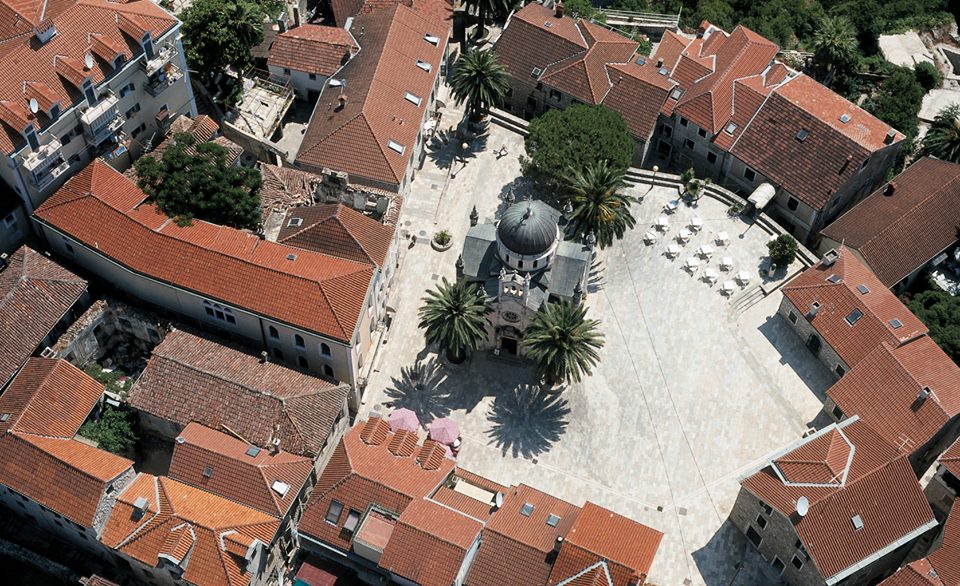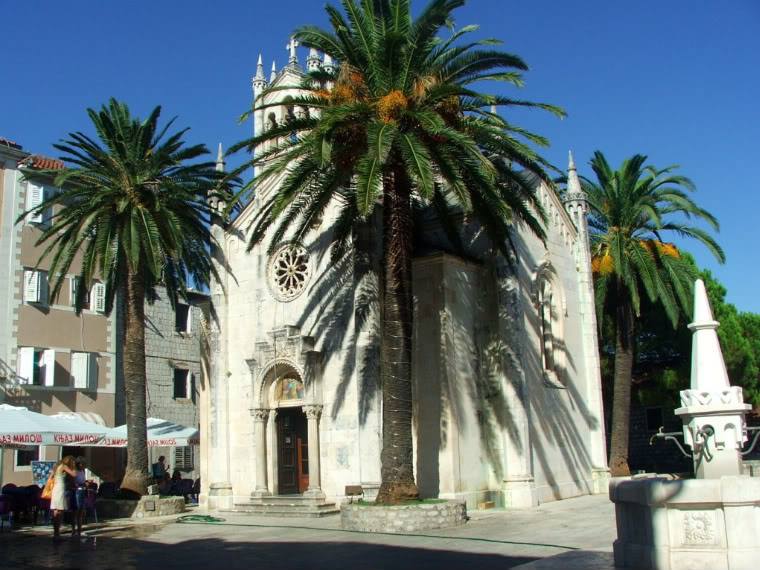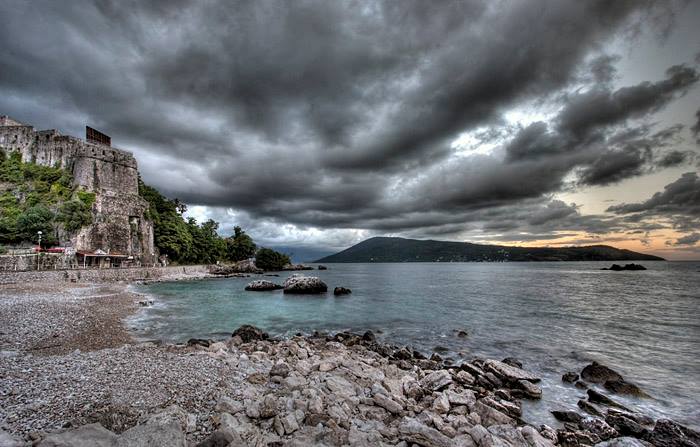Herceg Novi: Montenegro’s City of Sun
If you were to sail into Montenegro’s Bay of Kotor, you would be greeted by the “City of Sun,” Herceg Novi resting at the foot of Mount Orjen (which is perfect, and relatively unknown for hiking). Nicknamed accordingly, for its plethora of days of sunshine, Herceg Novi receives about 200 days of sun a year. Even during the cooler winter months, the city’s exposure provides it with a very docile climate and perfect for exploring year round. Entering the city from the boring, unassuming road that goes above the city, travelers may be tempted to drive pass the city, which would be a mistake. The narrow lanes that wander down the hillside into the town are narrow, but serve to give the town an intimate, old feeling that is common among other Mediterranean towns. Along with a promenade along the sea and a few walking streets, Herceg Novi’s layout serves to keep people in close proximity to one another creating a friendly atmosphere among travelers and locals.
Entering the city from the boring, unassuming road that goes above the city, travelers may be tempted to drive pass the city, which would be a mistake. The narrow lanes that wander down the hillside into the town are narrow, but serve to give the town an intimate, old feeling that is common among other Mediterranean towns. Along with a promenade along the sea and a few walking streets, Herceg Novi’s layout serves to keep people in close proximity to one another creating a friendly atmosphere among travelers and locals.
The food scene creates another draw, and it’s the reason I cannot wait to head back. When going to Herceg Novi, stroll down to the marina and stop by Konoba Skver. You will not be disappointed with the fresh seafood options or the grill selection.
Culture
The culture of Herceg Novi is vibrant for a smaller town. The colorfully yellow and green mimosa tree that naturally and wonderfully decorate the town are symbolic of the life that fills the city during the spring, summer, and into the fall months. Admittedly, the winter months become a bit slower as with much of the coast. However, Herceg Novi is known for always having something happening in the town. During the summer nights, one of the best things to do is relax by taking in a film in the open air theater on top of the Fortress Mare in the old town.
Diversity
Dating back to 14th century, Herceg Novi has a turbulent history that resulted from a variety of occupying forces. Romans, Turks, Austrians, Hungarians, Slavs, French and Italians have all had claims on the area before finally being ceded to the Republic of Montenegro. Its turbulent history created the present-day varied architecture.
The diversity in the history has created the main attractions in Herceg Novi, apart from just relaxing on the beach. Spanjola, Forte Mare, Citadela and Kani Kula are all fortresses from different eras providing a variety of perspectives of Bay of Kotor and Herceg Novi. They also tell the tales of the various occupiers.
Along with history, Herceg Novi allows travelers to peruse on a multiple walking streets including along the sea. Take the flat walkways or challenge yourself a bit more with the steep uphill climbs of the stairs for, which the city is also famous.
Health and Wellness
Herceg Novi has become an important destination for health and wellness travel along the Montenegrin coast. The outer town of Igalo boasts thermal springs, mud baths and salt springs that are unique to the region. Along with the natural, pampering features of Herceg Novi, many consider the coastal waters around the area relaxing and even clearer and cleaner than those inland. The sea temperature ranges from 22-26 degrees Celsius (71-78 degrees Fahrenheit) to beat the dry, warm summers of the coast.
Herceg Novi does not receive much attention in comparison to the increasingly popular Kotor and growing Porto Montenegro. However, the town has much to offer for the adventurous and those looking to relax and refresh. An excellent base to explore Dubrovnik, parts of Bosnia and Herzegovina and the rest of Montenegro, this city provides a restful base for all.
Thanks to Herceg Novi Tourism Board for all the photos.
Herceg NoviMontenegro